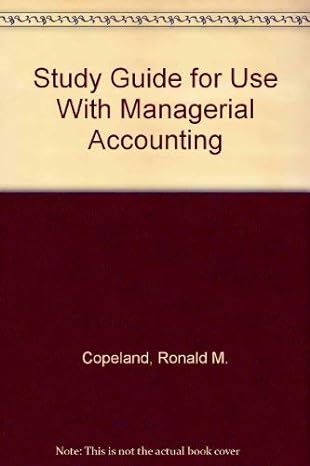Question
I. Parent and its 60%, owned subsidiary, Sub, conducted the following transactions with each other: Sale of inventory During 2017, Sub sold $100,000 of merchandise
I. Parent and its 60%, owned subsidiary, Sub, conducted the following transactions with each other:
Sale of inventory
During 2017, Sub sold $100,000 of merchandise (inventory) with an original cost of $80,000 to P. On 12/31/17, $20,000 of the inventory was still held by P.
During 2018, Sub sold $125,000 of merchandise (inventory) with an original cost of $100,000 to P. On 12/31/18, $40,000 of the inventory was still held by P.
During 2019, Sub sold $120,000 of merchandise (inventory) with an original cost of $90,000 to P. On 12/31/19, $30,000 of the inventory was still held by P.
On 12/31/19, P still owed Sub $60,000 for the above purchases.
Sale of nondepreciable property
On January 1, 2018, P had sold $15,000 of land to Sub for $22,000. Sub is still holding the land as of 12/31/19.
1. On 1/1/18, P sold its 70% owned subsidiary, Young, equipment for $36,000. The equipment had originally cost P $50,000 and had accumulated depreciation on the books of P of $48,000. The equipment is being depreciated using the straight line method over its remaining 6-year life. (There is no residual value.).
INSTRUCTIONS:
- Prepare the elimination entries required for 2018 AND 2019.
- Assuming that the net income of P and S, before any adjustments for intra-entity sales, was $900,000 and $500,000, respectively, determine the consolidated net income for P and its 60% subsidiary.
Step by Step Solution
There are 3 Steps involved in it
Step: 1

Get Instant Access to Expert-Tailored Solutions
See step-by-step solutions with expert insights and AI powered tools for academic success
Step: 2

Step: 3

Ace Your Homework with AI
Get the answers you need in no time with our AI-driven, step-by-step assistance
Get Started


